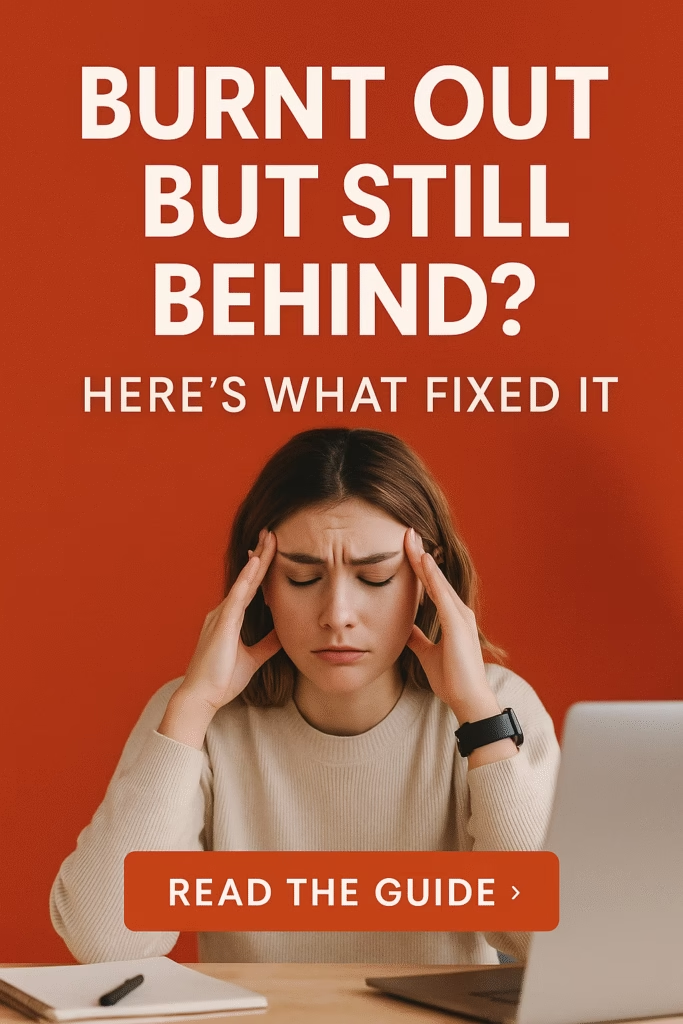
Table of Contents
So, You’re Always Busy… But Still Feel Behind?
Yep. Same here. For the longest time, I thought being productive meant cramming every second of my day with tasks. If I wasn’t multitasking, I felt lazy. If I took a break, I felt guilty. Sound familiar?
But here’s the kicker: I wasn’t actually getting more done. I was just burning out faster. Enter the concept of mindful productivity—aka doing less, but smarter.
What Is Mindful Productivity, Really?
It’s not just lighting a candle and hoping your to-do list magically completes itself (though, TBH, I’ve tried that). Mindful productivity means:
- Focusing your attention on one task at a time.
- Working with intention, not on autopilot.
- Choosing quality over quantity.
- Listening to your body and brain, not just the clock.
It’s not about being lazy. It’s about being strategic.
And spoiler: It actually works.
Why Our Current Productivity Culture Is Messed Up
Let’s get real. The whole “rise and grind” culture? Yeah, it’s kind of toxic.
You’re told to:
- Wake up at 5 a.m.
- Meditate, run, journal, and read a self-help book before 7.
- Crush emails by 9.
- Run a side hustle by 10.
All before your second coffee. Like, seriously?
That hamster wheel might work for robots. But for humans? Not so much. Real productivity isn’t about doing more. It’s about doing what matters.
Step 1: Get Clear on What Actually Matters
Ever feel like you’re doing everything—except the one thing that actually moves the needle?
Try this:
- Make a list of everything you “have to” do.
- Cross out half. No joke.
- Circle the 3 tasks that, if completed, would actually make your day feel productive.
Focus on those. Not the busywork. Not the fluff. Just the needle-movers.
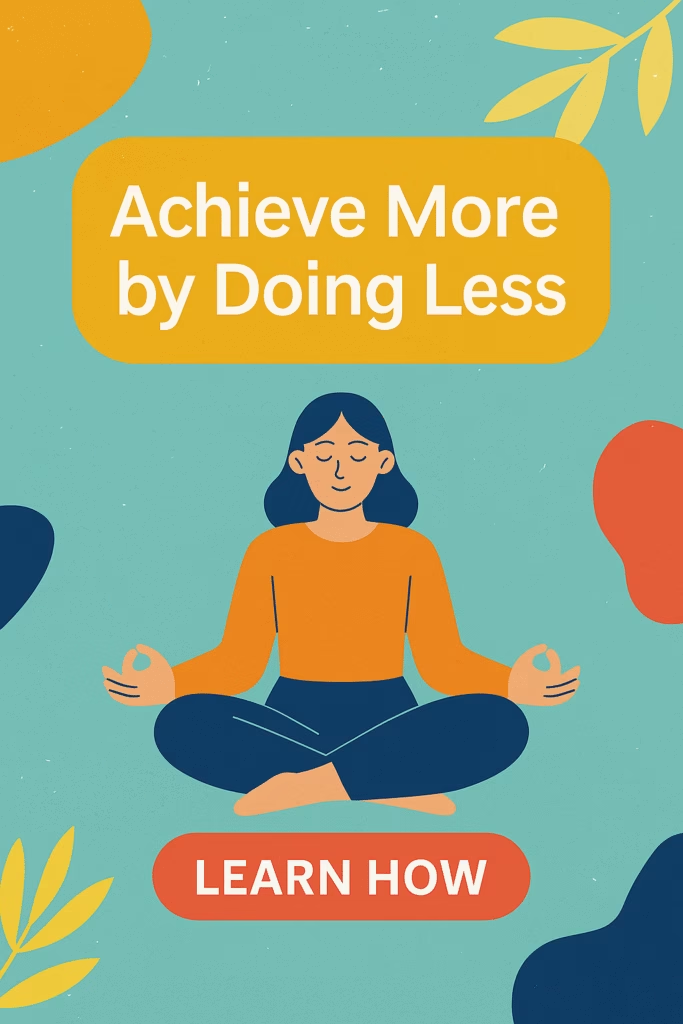
Step 2: Batch Your Work Like a Boss
Multitasking is a lie. There, I said it.
When you bounce between tasks, you waste time switching gears. Your brain goes into overload mode. You lose momentum. It’s like opening 37 tabs—and somehow getting none of them to load.
What works better?
Batching. Group similar tasks together:
- Check emails at 11 a.m. and 4 p.m. only.
- Write all your blog content in one focused session.
- Knock out errands in one go, not across three days.
One mental mode = more flow, less stress.
Step 3: Build in White Space (Yes, Seriously)
Here’s the thing: rest isn’t a reward. It’s a requirement.
If you’re running your brain like it’s a 24/7 drive-thru, don’t be surprised when it crashes like a cheap laptop.
Protect your brain with:
- 10-minute breaks every hour.
- No-phone lunches. (No doom scrolling!)
- A hard stop to your workday. Yes, even if you “just need to finish one more thing.”
FYI: Your best ideas usually come when you’re doing nothing. Shower thoughts are real.
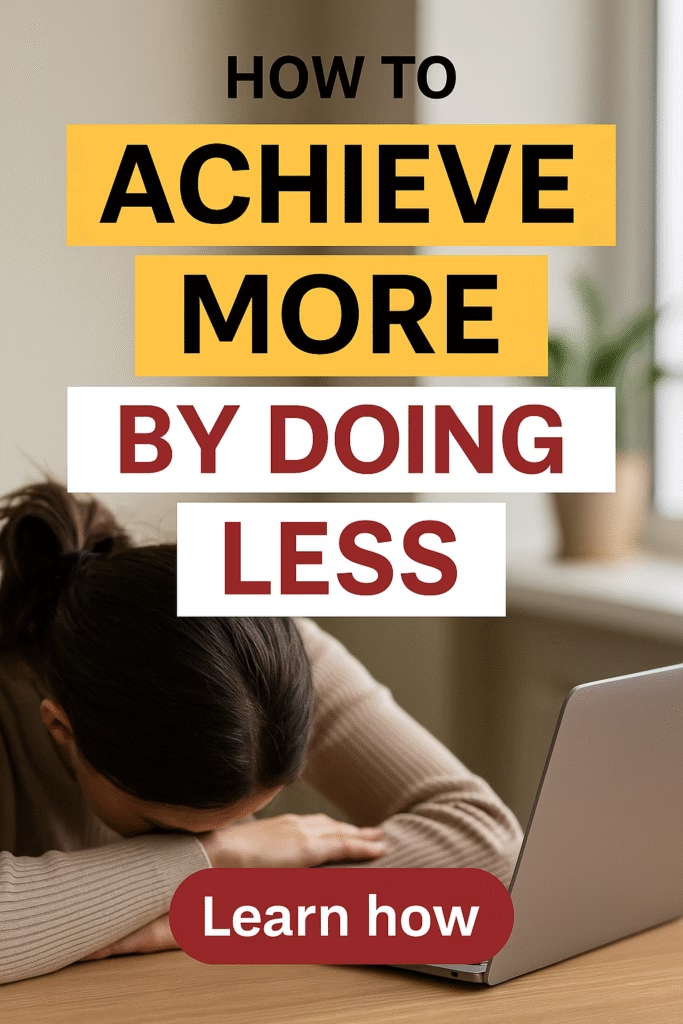
Step 4: Use Tools (But Keep It Simple, Please)
Okay, I love a good productivity app. But some of them? They’re more complicated than the problems they’re supposed to solve. 🙄
My rule: use tools that feel like helpers—not extra chores.
A few that don’t suck:
- Google Calendar (for blocking time)
- Notion or Evernote (for brain-dumps)
- Pomofocus (free Pomodoro timer, and yes, it works)
Don’t overthink it. Use what works. Ditch what doesn’t.
Step 5: Redefine What “Success” Looks Like
Productivity isn’t a contest. No one’s giving out medals for checking off the most boxes.
Try asking yourself:
- Did I move the needle on something important?
- Did I protect my mental energy today?
- Did I do one thing really well?
If the answer is yes? That’s a win.
IMO, that beats running yourself into the ground for an empty to-do list any day.
Step 6: Let Go of Perfectionism
Here’s the thing: perfectionism isn’t a high standard—it’s a trap.
When you’re obsessing over every little detail, you’re wasting mental energy that could go toward actual progress. Don’t polish a task for hours when 80% done is more than good enough.
Quick tip:
- Use a timer. Give yourself a deadline for completion, not perfection.
- Ask: “Will anyone notice this minor detail?” If the answer’s no, move on.
Done is better than perfect. Always.
Step 7: Say No More Often
Every “yes” to something unimportant is a “no” to something meaningful.
Protect your time like it’s sacred (because it kind of is).
Try these phrases:
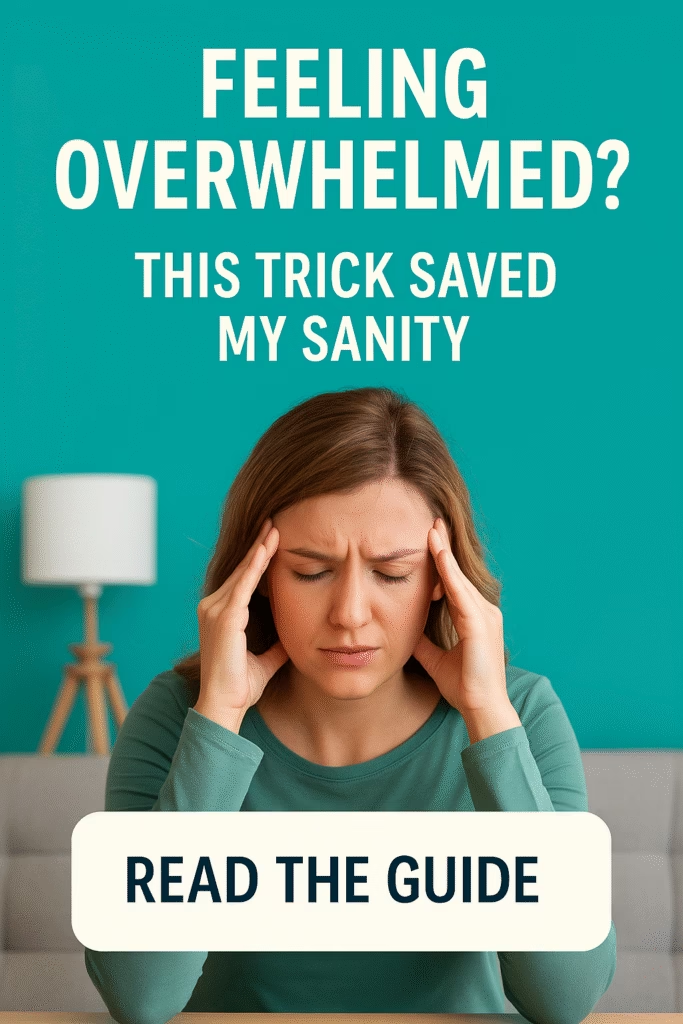
- “Thanks for thinking of me, but I have to pass this time.”
- “My schedule’s packed—can we revisit this later?”
- “No, but here’s someone else who might help.”
Boundaries = clarity.
Step 8: Start Small, Stay Consistent
You don’t have to overhaul your whole life overnight.
Just start with one mindful habit:
- A 5-minute meditation before checking your phone.
- A 10-minute planning session each morning.
- A nightly routine to wind down, not just pass out.
Consistency wins every time.
Final Thought: It’s Not About Slowing Down. It’s About Showing Up.
Mindful productivity isn’t about being slow or soft or passive. It’s about being intentional.
It’s saying, “I don’t need to do everything. I just need to do what matters.”
So go ahead—cancel that non-essential meeting. Take the walk. Stare out the window for five minutes. Then come back and knock out your priorities like a legend.
You’re not lazy. You’re just finally working smarter. 🙂
Want more practical tools for a balanced, productive life? Check out the free planners and wellness printables. Because getting stuff done shouldn’t mean burning yourself out.
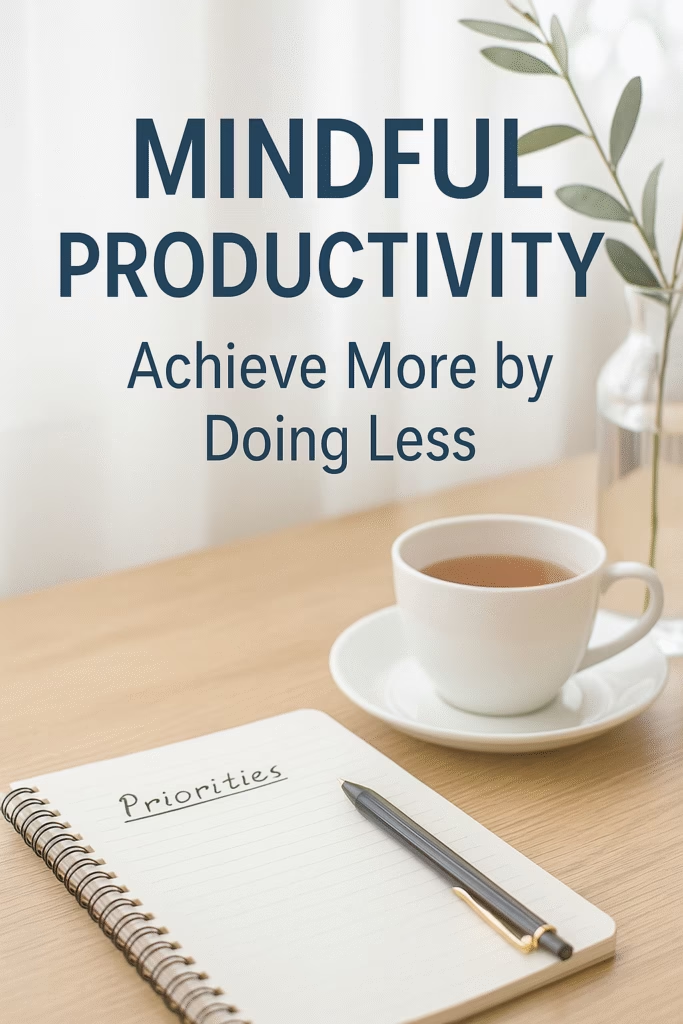
As a thank-you, you’ll get 4 free printable affirmation cards.